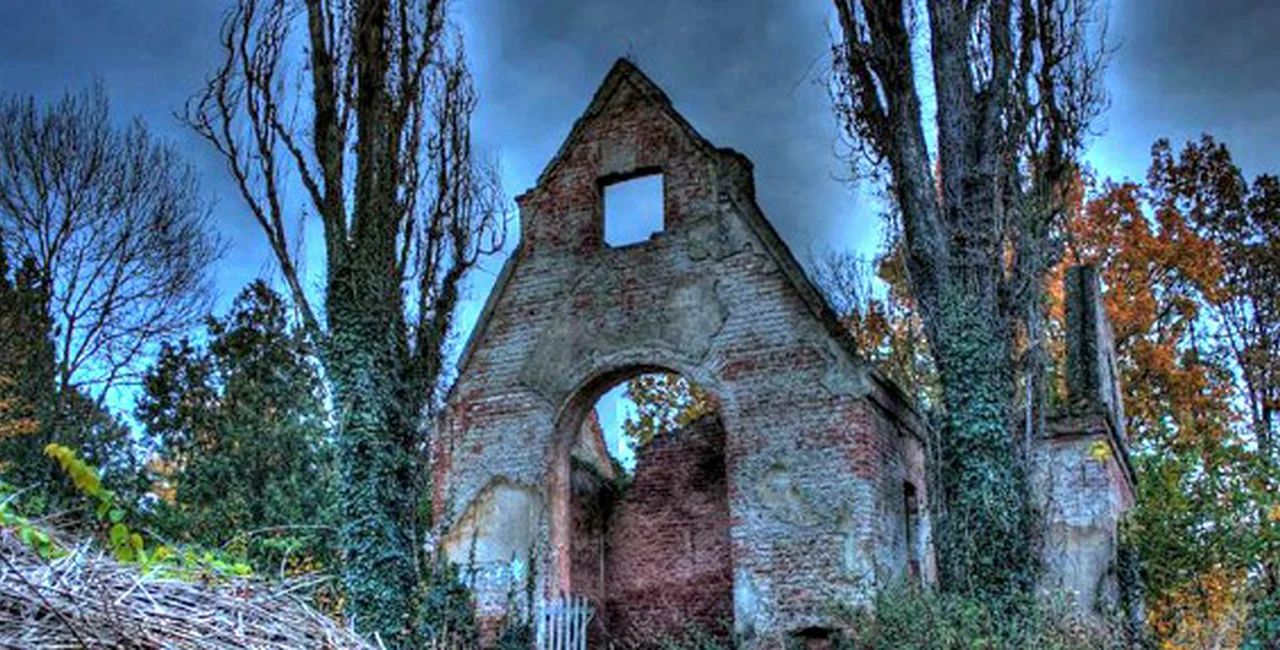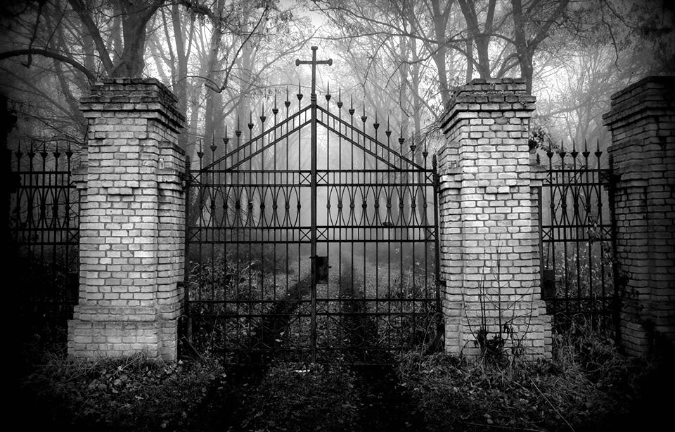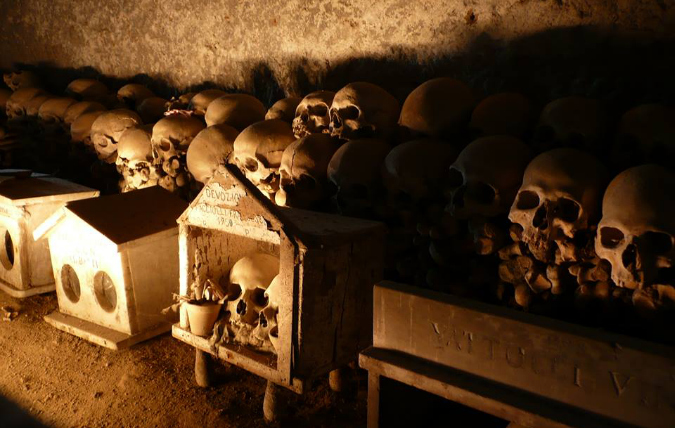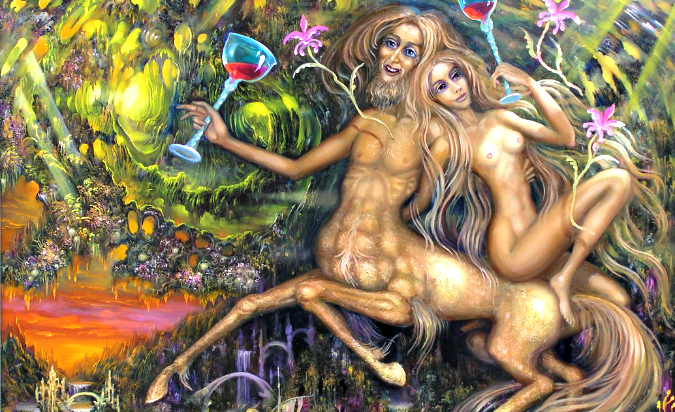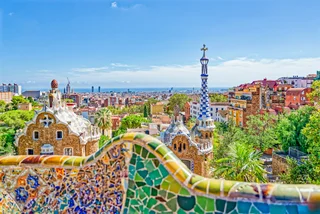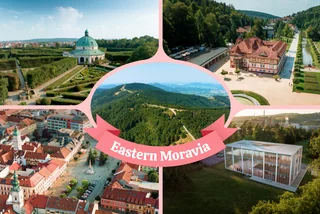Prague has its fair share of attractions. Among the cathedrals and palaces, statues and bridges are landmarks which are notable for their peculiar history or that lend a mysterious aura to the city. In time for Halloween, here are 13 such places:
Metal Giant
Suspended in the tower of St. Vitus Cathedral is the largest bell in the whole country, weighing in at between 13 to 16.5 tonnes, though no one knows the total mass for sure.
Today, the bell rings only to mark special holidays such as Easter and Christmas. But the bell has a ‘darker’ side. Legend has it that if the clapper (srdce – i.e. heart – in Czech) falls out, bad luck will strike and not only for the person who happens to be beneath it. The clapper has fallen out five times, in the years 1670, 1734, 1797, 1819 and 2002. The last time coincided with Prague’s 2002 floods, the largest flood since 1845 – though the clapper remained in place that time.
Hospital Cemetery in Bohnice
This place sounds like the setting for a Stephen King novel – or a low budget horror film. Open from 1903 to 1963, the cemetery on the grounds of the former psychiatric hospital in Bohnice and contained 4,000 graves. Today, the cemetery is a popular haunt for Satanists.
Macabre Record Holder
While we’re looking at macabre places, it makes sense to mention the Strašnice Crematorium. The facilities claim to fame is that, on the basis of area, it is the largest in Europe, which is perhaps a dubious honor to hold. Even more sinister is the crematorium’s connection to the country’s history under Nazism and Communism. The bodies of victims of both regimes were disposed of here. The crematorium was open to the public in 2013 as part of European Heritage Day.
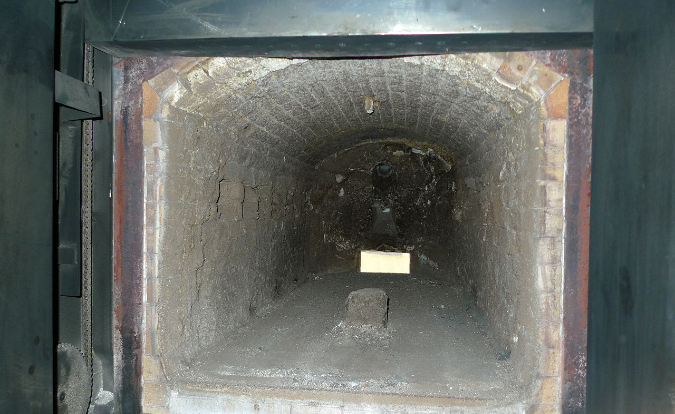
Photo: Strašnice Crematorium/Wikimedia Commons: (c) Petr Vilgus
Close Quarters
At only 2.25 meters in width, the house at 4 Anežská Street is Prague’s smallest and narrowest. It was built in 1883 and was originally an entrance to the courtyard. The building served as a brothel from the year it was opened until 1922.
Covent of St. Agnes of Bohemia
A little down from the smallest house is the Covent of St Agnes of Bohemia, though it is probably more famous for housing the National Gallery’s medieval collection. According to a famous story, the ghost of a nun roams the ancient corridors and walkways, sometimes appearing splattered in blood, other times helping those who encounter her. In the story the nun was killed by her father, who was enraged that she was meeting her secret lover – a knight of lower social standing.
Bone Collection
On some occasions ghoulishness can arise from the pursuit of science. The Hrdlička Museum of Man has in its collection of skeletons and remains, examples of serious deformities, trauma and mummification – both natural and artificial. While the exhibits may leave a chill for the casual visitor, the collection has an underlying message – the diversity of humanity.
Heads on the Door
This is just plain odd. Several rather peeved looking bald heads, cast in bronze and glaring across at each other on a large door on Ovocný trh. And it’s only the heads, each of them trapped in the door. Perhaps, it’s the repetition but there’s something not right about this design.
Holy Shoulder Blade!
Some remains are intentionally collected and some turn up by chance. In 2002 members of the Church of St. Peter and Paul at Vyšehrad discovered a holy relic – the alleged shoulder blade of St. Valentine. The story behind St. Valentine is unclear and several men have been linked to the legend of the saint, so unsurprisingly, several churches claim to have his remains. The Prague shoulder blade is on display at the Church of St. Peter and Paul. A mass is said every Valentine’s Day – if candlelit dinners aren’t your thing.
Ancient Mummified Arm
The Church of St. James the Greater in the Old Town is not only the final resting place of a count who was buried alive, it also features a rather “handy” attraction: A 400-year-old mummified foream dangles to the right entrance of the tomb. The arm allegedly once belonged to a jewel thief who attempted to steal from the high altar, only to have a statue of the Virgin Mary exact a fitting revenge.
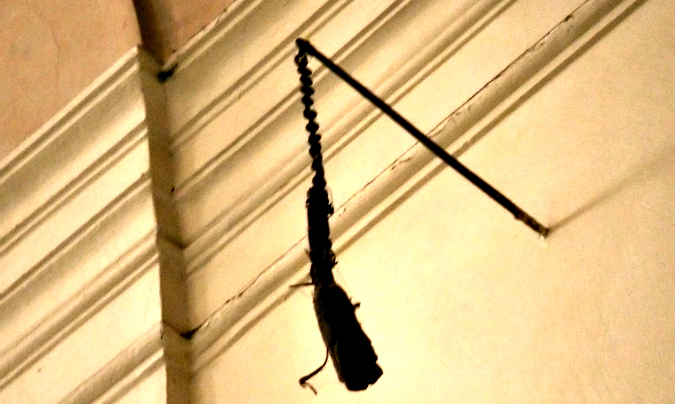
Photo: Wikimedia Commons: (c) Anton Fedorenko
Mysterious Petřín Fires
Behind the panoramic views, Petřín hides a dark secret: human sacrifices were once performed on altar under one of the hill’s linden trees. Or so the story goes. Boleslav II apparently stamped out the practice in the 10th century, but the spirits of were not so easily quelled and returned. Early Christians thought the spirits were devils. In more recent times, people claim to have seen fires, which last only about 20 minutes and leave no ash or scorch marks. It’s rumored the fires can even cure rheumatism, so perhaps we can say these are therapeutically macabre.
Magic Caves
Not all of Petřín’s mysterious atmosphere comes from legends. Some of it is due to art. Reon Argondian transformed his home into a ‘magic cave’, filling it with his fantasy inspired art. While the paintings might not inspire dread (too much like a prog rock album cover for my taste) the cracked and dimpled walls are certainly on the icky side.
Tunnel in Prokop Valley
Located about 500m from the eastern entrance of the valley, the tunnel bores through a large rock and opens out on to a military area. Suffice to say, entry to that area is forbidden. Despite the fact, looking around the Internet shows that people visit the tunnel at least to take a snap of the entrance. The tunnel’s actual purpose is shrouded in secrecy.
Gaslight Halo
Gaslights started to appear in Prague in 1847, bathing Prague streets in their spooky glow through the twentieth century. In 2002, the historic lights flickered back to life. Now 300 of them can be found around Prague’s center, including the large candelabras on Hradčanské Square and Loretánská Street. They operate thanks to a modern gas lighting system and once again add to the city’s mysterious aura until.
**
What places around Prague or mysterious, macabre or simply strange?











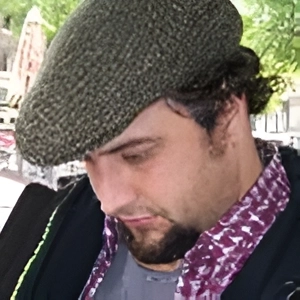
 Reading time: 5 minutes
Reading time: 5 minutes 